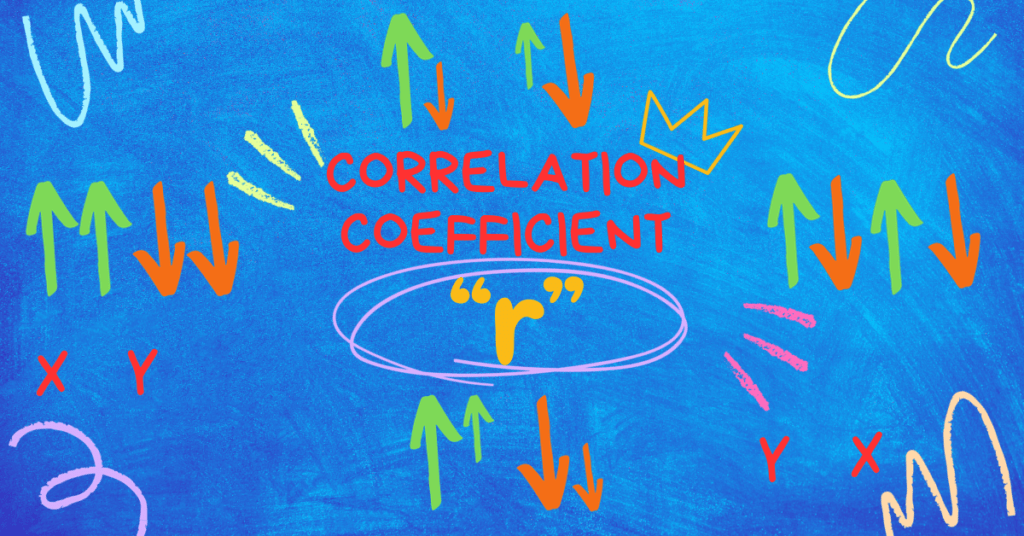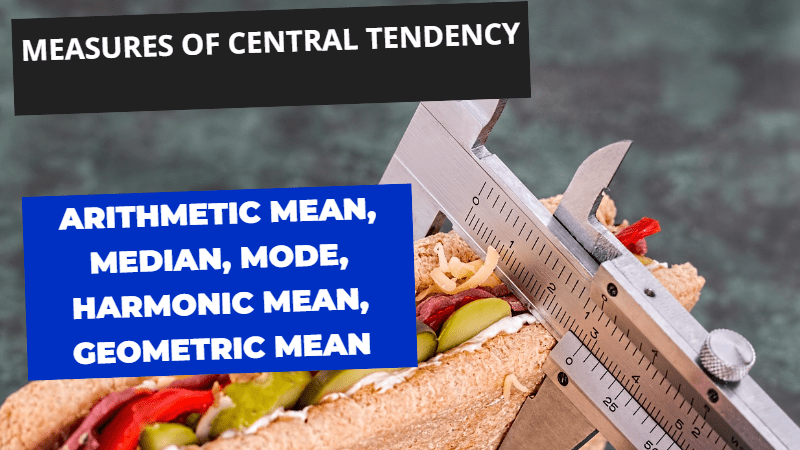In this post, I am going to discuss Business Statistics Solved Paper FBISE 2012 ICOM II, MCQS, Short Questions, Extensive Questions of the topics of Introduction to Statistics, Averages, Index Numbers and Probability is discussed and solved. Business Statistics Solved Paper 2013 is also posted.
Solved by Iftikhar Ali, M.Sc Economics, MCOM Finance Lecturer Statistics, Finance and Accounting
Table of Contents
Business Statistics Solved Paper FBISE 2012 ICOM II, MCQS, Short Questions, Extensive Questions
MCQS
| Q.1 Circle the Correct Option i.e. A/B/C/D. Each Part Carries 1 Mark. | |||||
| (i) | The Word Statistics may have been derived from the German Word: | ||||
| A. Status | B. Statistik | C. Statistique | D. Statista | ||
| (ii) | The data, which have not undergone any statistical treatment are: | ||||
| A. Primary Data | B. Secondary Data | C. Discrete Data | D. Continuous Data | ||
| (iii) | If the data are classified according to their time of occurrence then this procedure is called: | ||||
| A. Multi-way Classification | B. Chronological Classification | C. Geographical Classification | D. Spatial Classification | ||
| (iv) | The total of relative frequencies is always equal to: | ||||
| A. – 1 | B. 0.5 | C. 1 | D. 100 | ||
| (v) | In a symmetrical distribution mean, median and mode are always: | ||||
| A. Negative | B. Zero | C. Different | D. Equal | ||
| (vi) | Median is a/an: | ||||
| A. Calculating average | B. Positional Average | C. Exact Average | D. None of these | ||
| (vii) | The most suitable average for index number is: | ||||
| A. Arithmetic Mean | B. Geometric Mean | C. Median | D. Mode | ||
| (viii) | The index number is called? | ||||
| A. Economic Barometer | B. Statistical Barometer | C. Mathematical Barometer | D. Physical Barometer | ||
| (ix) | The probability of an event always lies between: | ||||
| A. -1 and 0 | B. -1 and 1 | C. 0 and +1 | D. -0.5 and 0.5 | ||
| (x) | The probability of drawing red card out of 52 cards is: | ||||
| A.1/2 | B. 1/4 | C. 1/13 | D. None of these | ||
Short Questions
SECTION-B (Marks 24)
Q.2 Attempt any eight parts. The answer to each part should not exceed 3 to 4 lines. (8 x 3 = 24)
(i) Write down the applications of Statistics in Business.
Answer:
Statistics is applied in several areas of business given below:
- Decision Analysis
- Descriptive Analysis
- Predictive Analysis
- Management Analysis
- Production Analysis
- Risk Analysis
- Sales Analysis
- Quality Assurance Analysis
- Financial Analysis
- & many others.
(ii) Differentiate between Primary & secondary data.
Answer:
First hand, newly collected, ungrouped data is called primary data or data which is not collected by someone previously is called primary data.
Second hand, previously collected, grouped data is called secondary data or data which is collected by someone previously is called secondary data.
(iii) The following data show the number of absent students during the month of November 2011 from I COM class:
3, 4, 5, 6, 7, 1, 0, 2, 3, 4, 5, 7, 8, 7, 2, 1, 5, 6, 7, 8, 9, 10, 6, 7, 3 Make a frequency distribution taking class intervals as one.
Solution
| X | 0 | 1 | 2 | 3 | 4 | 5 | 6 | 7 | 8 | 9 | 10 |
| f | 1 | 2 | 2 | 3 | 2 | 3 | 3 | 5 | 2 | 1 | 1 |
(iv) What is meant by graph?
Solution
A diagram which shows the relationship of normally two variables is called graph. For example Bar graph, Line graph, Pie Chart, Histogram are common examples of graphs.
(v) The following data indicate the size of shoes sold at a store during the given week. Find model size of shoes:
| Size of Shoes | 4.5 | 5 | 5.5 | 6 | 6.5 | 7 | 7.5 | 8 |
| No. of Pairs Sold | 2 | 5 | 7 | 20 | 25 | 17 | 15 | 4 |
Solution
| X | f | fX |
| 4.5 | 2 | 9 |
| 5 | 5 | 25 |
| 5.5 | 7 | 38.5 |
| 6 | 20 | 120 |
| 6.5 | 25 | 162.5 |
| 7 | 17 | 119 |
| 7.5 | 15 | 112.5 |
| 8 | 4 | 32 |
| ∑f = 95 | ∑fX = 618.5 |
![]()
(vi) Write down the desirable qualities of a good average.
Answer
(1) It should be easy to calculate and simple to understand.
(2) It should be clearly defined by a mathematical formula.
(3) It should not be affected by extreme values.
(4) It should be based on all the observations.
(5) It should be capable of further mathematical treatment.
(6) It should have sample stability.
(vii) In a certain distribution mean is 45 and median is 50 then find mode. Also give the assumption you take regarding the shape of distribution.
Solution
Mode = 3 Median – 2 Mean
Mode = 3(50) – 2(45)
Mode = 150 – 90
Mode = 60
So Mean = 45, Median = 50 and Mode = 60
Mean < Median < Mode
It is negatively Skewed distribution
(viii)Differentiate between Fixed base & Chain Base method.
Answer
In fixed base method, base period remains fixed whereas in chain base method base period does not remain fixed. On the other hand in fixed base method, we calculate price relative whereas in chain base method, we calculate link relative and then we calculate chain index.
![]()
![]()
(ix) Find Price Relatives for the data given below using average of last three years as base:
| Year | 1990 | 1991 | 1992 | 1993 | 1994 | 1995 | 1996 | 1997 | 1998 |
| Price | 15 | 16 | 20 | 22 | 24 | 23 | 25 | 15 | 20 |
Solution
| Years | Prices | |
| 1990 | 15 | |
| 1991 | 16 | |
| 1992 | 20 | |
| 1993 | 22 | |
| 1994 | 24 | |
| 1995 | 23 | |
| 1996 | 25 | |
| 1997 | 15 | |
| 1998 | 20 | |
![]()
(x) Two unbiased coins are tossed once. Find the following.
(a) Make a sample space (b) Probability that two head appears
(c) Probability that exact one head appeared
Solution
![]()
All possible outcomes
| HH | HT | TH | TT |
![]()
![]()
![]()
![]()
(xi) A fair cubical die is rolled once. What is the probability of obtaining?
(a) Six (b) An even number (c) The number greater than 4
Solution
![]()
All possible outcomes = 1, 2, 3, 4, 5, 6
Events
![]()
![]()
![]()
![]()
![]()
![]()

Section C (Marks 16)
Extensive Questions
Note: Attempt any two questions. All questions carry equal marks. (2×8=16)
Q.3 Calculate Arithmetic Mean, Median Mode from the following data:
| Groups | Frequency |
| 0–4 | 20 |
| 5–9 | 23 |
| 10–14 | 30 |
| 15–19 | 21 |
| 20–24 | 17 |
| 25–29 | 19 |
Solution
| Groups | Frequency | Class Boundaries | X | fX | C.f |
| 0–4 | 20 | -0.5 – 4.5 | 2 | 40 | 20 |
| 5–9 | 23 | 4.5 – 9.5 | 7 | 161 | 43 |
| 10–14 | 30 | 9.5 – 14.5 | 12 | 360 | 73 |
| 15–19 | 21 | 14.5 – 19.5 | 17 | 357 | 94 |
| 20–24 | 17 | 19.5 – 24.5 | 22 | 374 | 111 |
| 25–29 | 19 | 24.5 – 29.5 | 27 | 513 | 130 |
| 130 | 1805 | ||||
| ∑f= | ∑fX= |
![]()
![]()
Model Class = n/2 = 130/2 = 65 falls in C.f of 73 so data is:
L = 9.5, h = 5, f = 30, n/2 =130/2 = 65 & C = 43
![]()
![]()
![]()
Model Class: Maximum frequency is 30 so data for model class is:
L = 9.5, fm = 30, f1 = 23, f2 = 21 & h = 5
![]()
![]()
Q.4 Construct Index number for 1995 from the following data taking 1990 as base.
(i) Laspeyre’s Method
(ii) Paasche’s method
(iii) Fisher Ideal Method
| Items | 1990 | 1995 | ||
| Price | Quantity | Price | Quantity | |
| A | 10 | 120 | 12 | 100 |
| B | 8 | 150 | 10 | 130 |
| C | 12 | 80 | 13 | 70 |
| D | 15 | 60 | 20 | 50 |
Solution
| Article | 1990 | 1995 | ||||||
| Price (Po) | Quantity (qo) | Price (P1) | Quantity (q1) | poqo | p1qo | p1q1 | poq1 | |
| A | 10 | 120 | 12 | 100 | 1200 | 1440 | 1200 | 1000 |
| B | 8 | 150 | 10 | 130 | 1200 | 1500 | 1300 | 1040 |
| C | 12 | 80 | 13 | 70 | 960 | 1040 | 910 | 840 |
| D | 15 | 60 | 20 | 50 | 900 | 1200 | 1000 | 750 |
| Sum | 4260 | 5180 | 4410 | 3630 | ||||
| ∑poqo = | ∑p1qo = | ∑p1q1 = | ∑poq1 = | |||||
![]()
![]()
![]()
![]()
![]()
![]()
![]()
Q.5 A marble is drawn at random from a box containing 10 red and 30 white, 20 blue and 15 orange marbles. What is the probability that it is: (i) White (ii) Orange or Red (iii) Not red or blue (iv) Red, White or blue
Solution
Red marbles = 10
White marbles = 30
Blue marbles = 20
Orange marbles = 15
Total marbels = 10 + 30 + 20 + 15 = 75
Events:
![]()
![]()
![]()
Probabilities
![]()
![]()
![]()
You may also interested:
- Introduction to Statistics Basic Important Concepts
- Measures of Central Tendency, Arithmetic Mean, Median, Mode, Harmonic, Geometric Mean
- Correlation Coefficient
- How to calculate Net Present Value and Other Investment Criteria/Capital Budgeting Techniques
- Cambridge IGCSE/O Level Accounting: Topic 1: Fundamentals of Accounting & The Accounting Equation
- Cambridge IGCSE/O LEVEL Topic: 2 Sources and recording of data, Double Entry Book-keeping
- Material Costing, Specific Identification Method, Weighted Average Cost Method, First In, First Out Method(FIFO), Last In, Fist Out Method(LIFO)
- Principles of Accounting, Journal, Ledger, Trial Balance





